How to switch granite sealers?
jaxo
10 years ago
Related Stories
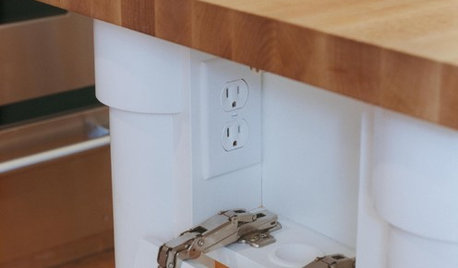
KITCHEN DESIGNHow to Hide Those Plugs and Switches
5 ways to camouflage your outlets — or just make them disappear
Full Story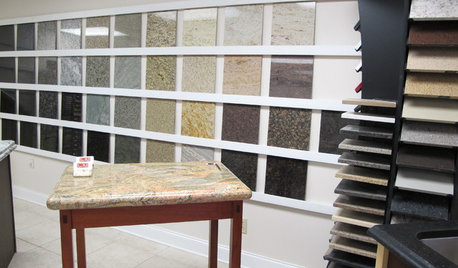
KITCHEN COUNTERTOPSWalk Through a Granite Countertop Installation — Showroom to Finish
Learn exactly what to expect during a granite installation and how to maximize your investment
Full Story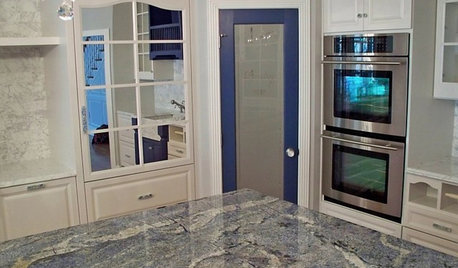
KITCHEN COUNTERTOPSKitchen Counters: Granite, Still a Go-to Surface Choice
Every slab of this natural stone is one of a kind — but there are things to watch for while you're admiring its unique beauty
Full Story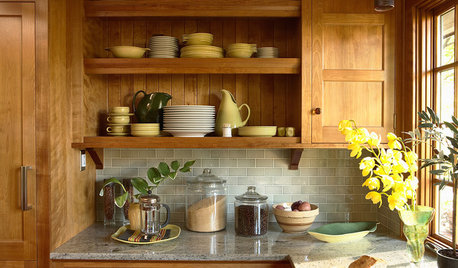
KITCHEN BACKSPLASHESHow to Choose a Backsplash for Your Granite Counters
If you’ve fallen for a gorgeous slab, pair it with a backsplash material that will show it at its best
Full Story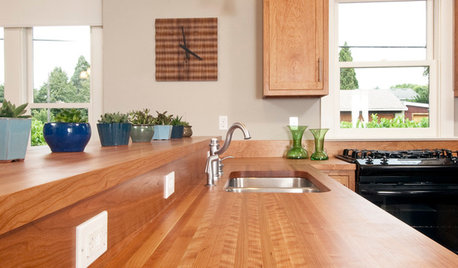
KITCHEN DESIGNWonderful Wood Countertops for Kitchen and Bath
Yes, you can enjoy beautifully warm wood counters near water sans worry (almost), with the right type of wood and sealer
Full Story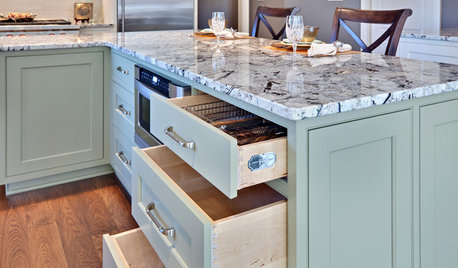
KITCHEN DESIGNWhat Goes With Granite Counters?
Coordinate your kitchen finishes beautifully by choosing colors that complement granite’s natural tones
Full Story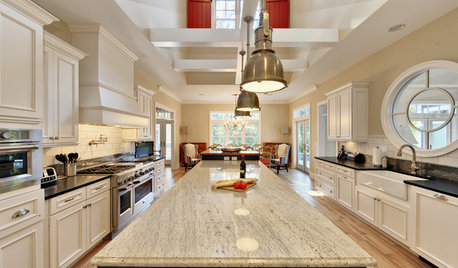
KITCHEN COUNTERTOPSKitchen Countertops: Granite for Incredible Longevity
This natural stone has been around for thousands of years, and it comes in myriad color options to match any kitchen
Full Story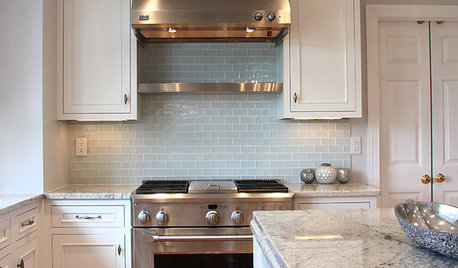
KITCHEN DESIGN5 Favorite Granites for Gorgeous Kitchen Countertops
See granite types from white to black in action, and learn which cabinet finishes and fixture materials pair best with each
Full Story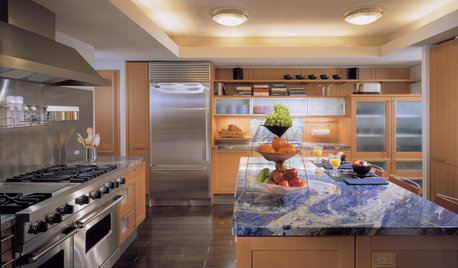
KITCHEN DESIGNAlternatives to Granite Countertops, Part II
Still looking for a new kind of countertop? Try sodalite, zinc, limestone, onyx and more
Full Story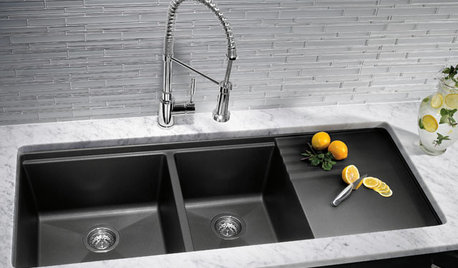
KITCHEN DESIGNKitchen Sinks: Granite Composite Offers Superior Durability
It beats out quartz composite for strength and scratch resistance. Could this kitchen sink material be right for you?
Full StorySponsored
Columbus Area's Luxury Design Build Firm | 17x Best of Houzz Winner!
More Discussions










Stoneshine
jaxoOriginal Author
Related Professionals
Lafayette Kitchen & Bathroom Designers · Sunrise Manor Kitchen & Bathroom Remodelers · Auburn Kitchen & Bathroom Remodelers · Bethel Park Kitchen & Bathroom Remodelers · Gilbert Kitchen & Bathroom Remodelers · Hanover Township Kitchen & Bathroom Remodelers · Olney Kitchen & Bathroom Remodelers · Prairie Village Kitchen & Bathroom Remodelers · Berkeley Heights Cabinets & Cabinetry · Foster City Cabinets & Cabinetry · Indian Creek Cabinets & Cabinetry · Jeffersontown Cabinets & Cabinetry · Corsicana Tile and Stone Contractors · Mill Valley Tile and Stone Contractors · Rancho Cordova Tile and Stone ContractorsjaxoOriginal Author
Stoneshine